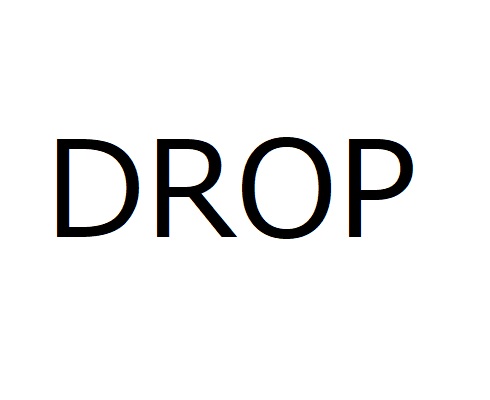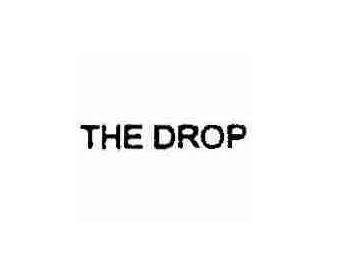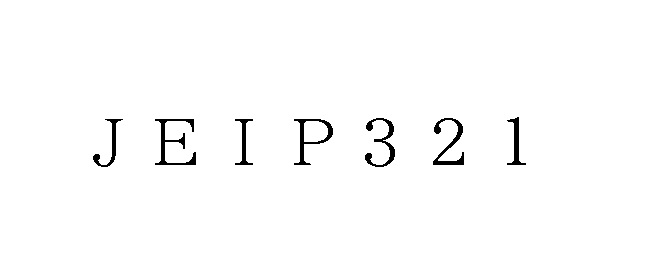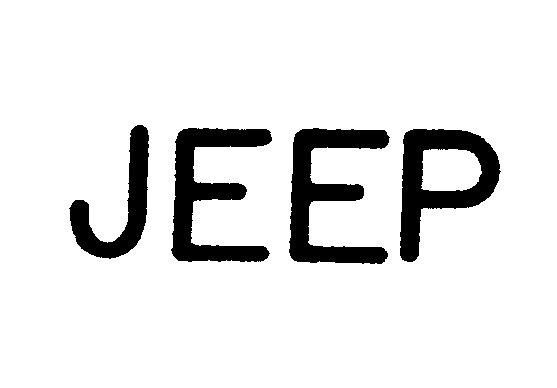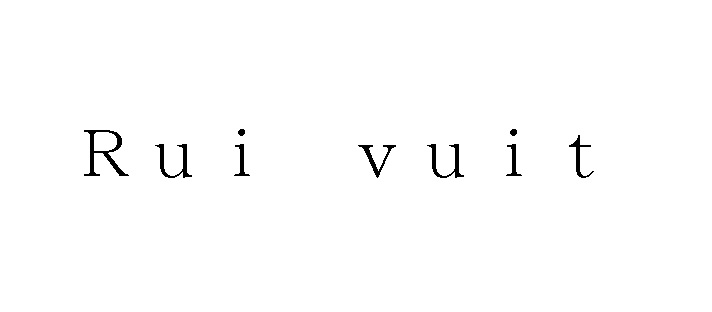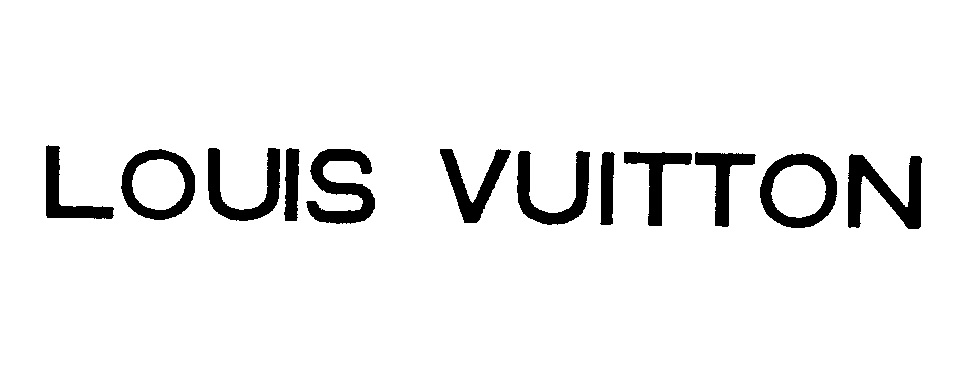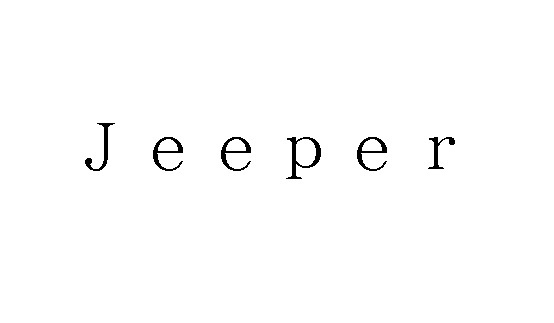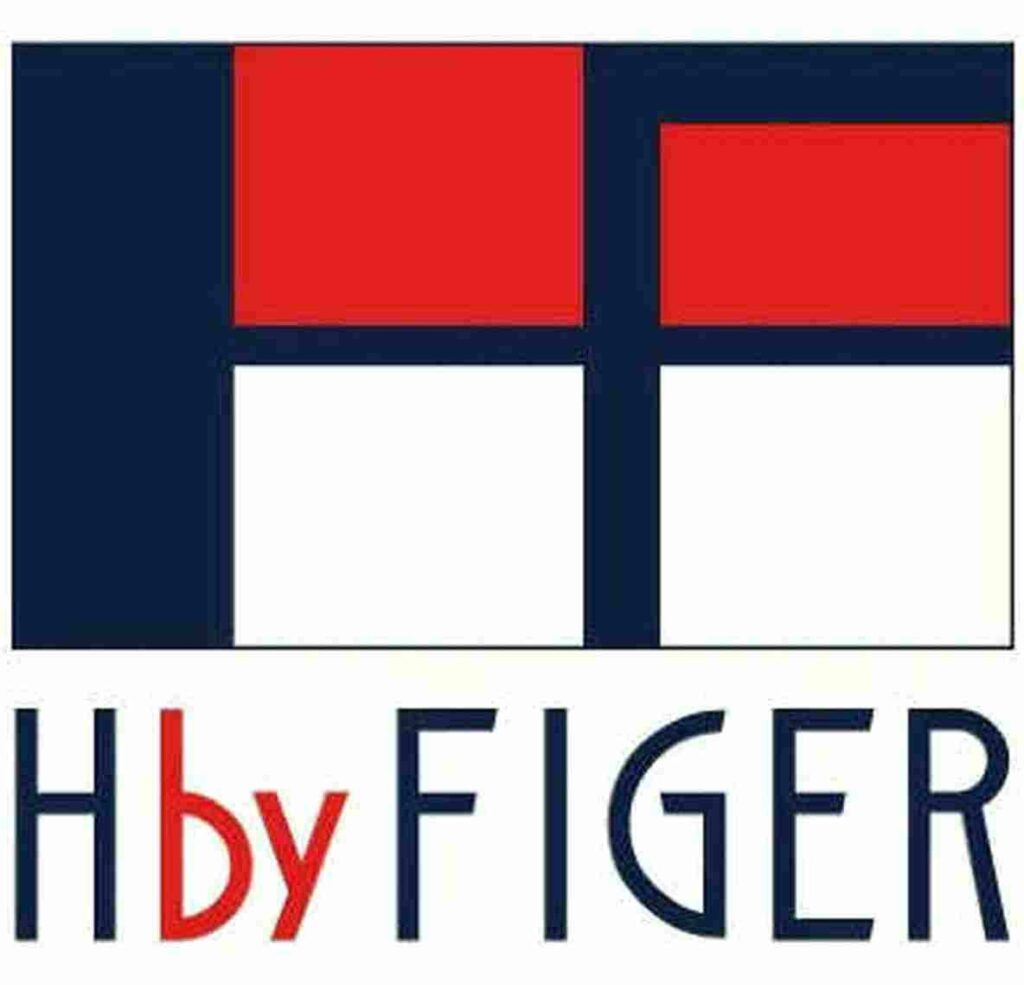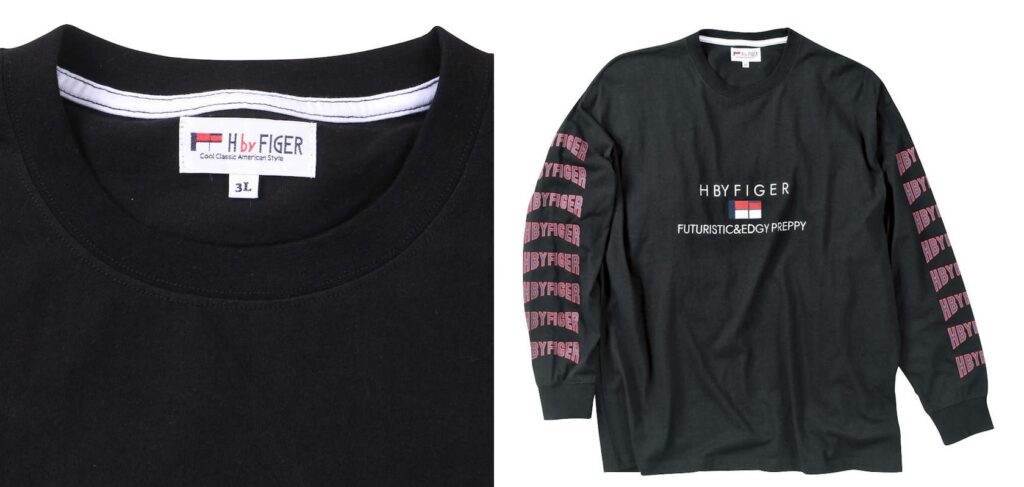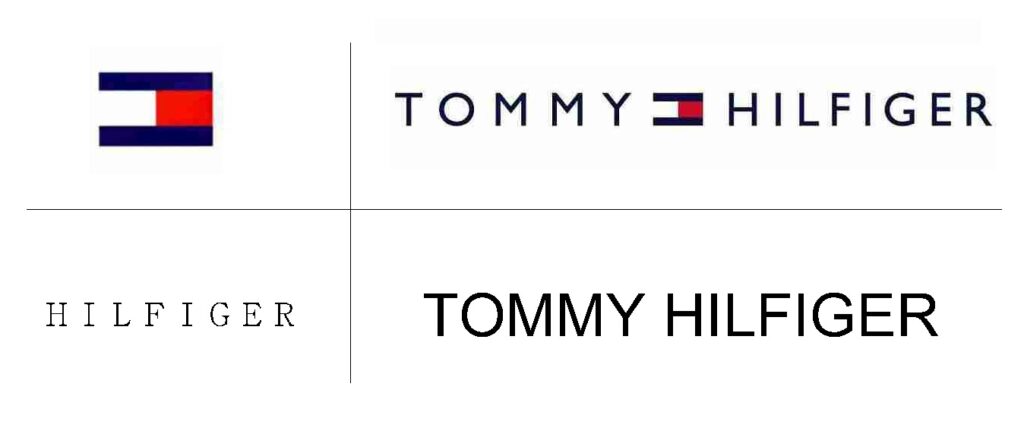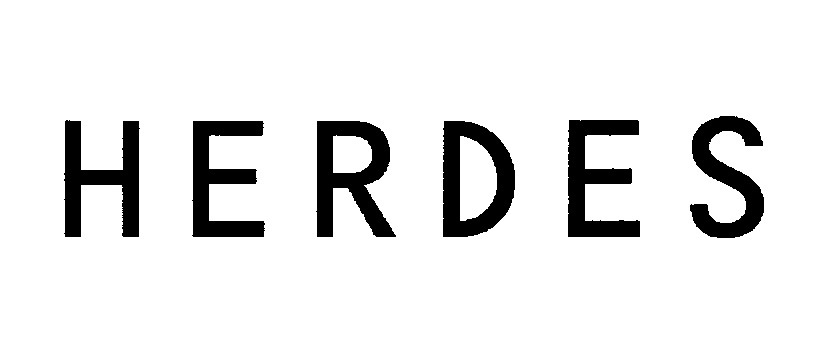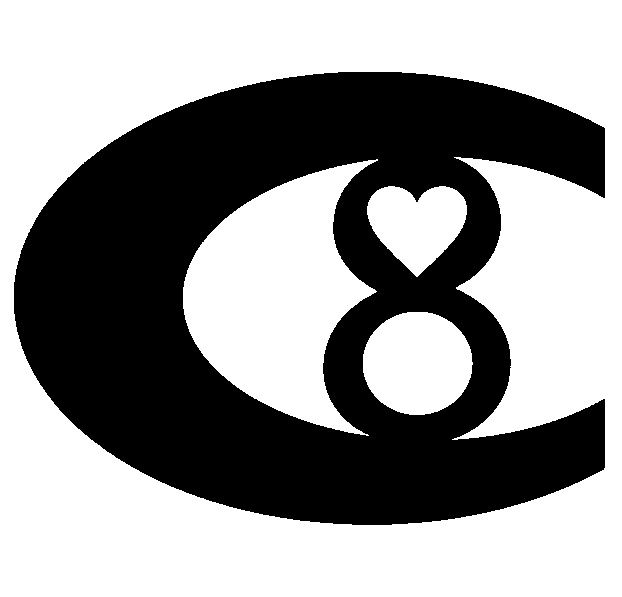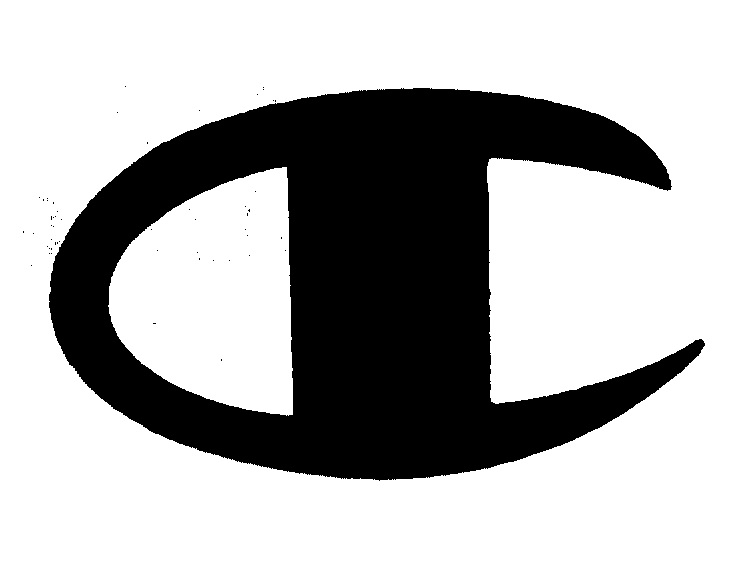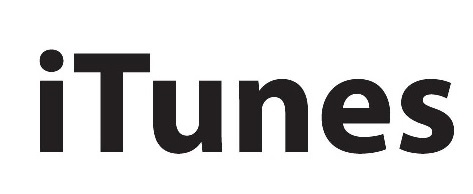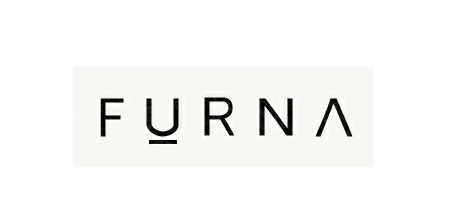In a trademark appeal disputing similarity between “MONO” and “MONO+”, the Appeal Board of the Japan Patent Office (JPO) reversed the examiner’s rejection and found both marks dissimilar and unlikely to cause confusion.
[Appeal case no. 2023-6307, decided on November 1, 2023]MONO+
Onoya Inc. filed a mark “MONO+” (see below) for use on retail or wholesale services for furniture, joinery fittings, flowers [natural] and trees, kitchen equipment, cleaning tools and washing utensils in class 35 with the JPO on September 11, 2021.

The JPO examiner rejected the mark due to a conflict with earlier TM Reg no. 4533103 for wordmark “MONO” in standard character on goods of food wrapping plastic film for household purposes; garbage bags of paper or plastic for household purposes; hygienic hand tools of paper; towels of paper; table napkins of paper; hand towels of paper; handkerchiefs of paper in class 16 based on Article 4(1)(xi) of the Japan Trademark Law.
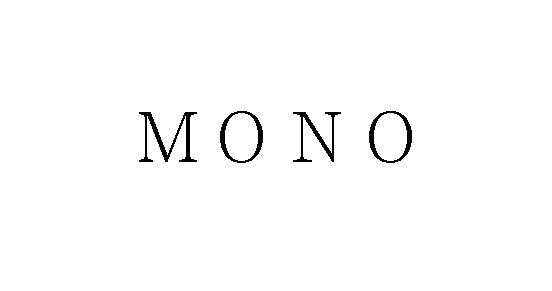
Article 4(1)(xi) is a provision to prohibit registration of a junior mark that is deemed identical with, or similar to, an earlier registered mark.
There is criterion that the examiner is checking when assessing the similarity between the marks:
- visual similarity
- aural similarity
- conceptual similarity
and taking into account all these three aspects examiner makes a decision if a mark is similar (at least to some extent) with the earlier mark and if there is a likelihood of confusion for the consumers.
JPO Appeal Board decision
The Board found the applied mark “MONO+” gives rise to a sound of “mono-plus”, but it has no specific meaning in view of overall appearance and a meaning of respective word “MONO” and “+”.
As for the cited mark, the Board held the term “MONO” is not a foreign word familiar among relevant consumers in Japan. Thus, it has a sound of “mono”, but no specific meaning.
Comparing both marks, although they share the same appearance in that both contain the word “MONO”, they are sufficiently distinguishable because, by virtue of the presence or absence of the “+” symbol at the end, it is conceived both marks represent different words as a whole.
Phonetically, they start with the same sound “mono”, but the overall tone and impression are different with or without the sound “plus” at the end. Due to the reason, both sounds can be distinguishable.
It is meaningless to compare the concept of both marks because neither does give rise to a specific meaning.
If so, from the totality of visual, aural, and conceptual points of view, the Board has no reason to believe that relevant consumers are likely to confuse the source of the services in class 35 bearing the applied mark with the earlier mark.
Based on the foregoing, the Board found both marks are dissimilar regardless of similarity in goods and services, and decided to cancel the rejection and granted protection of the applied mark.

